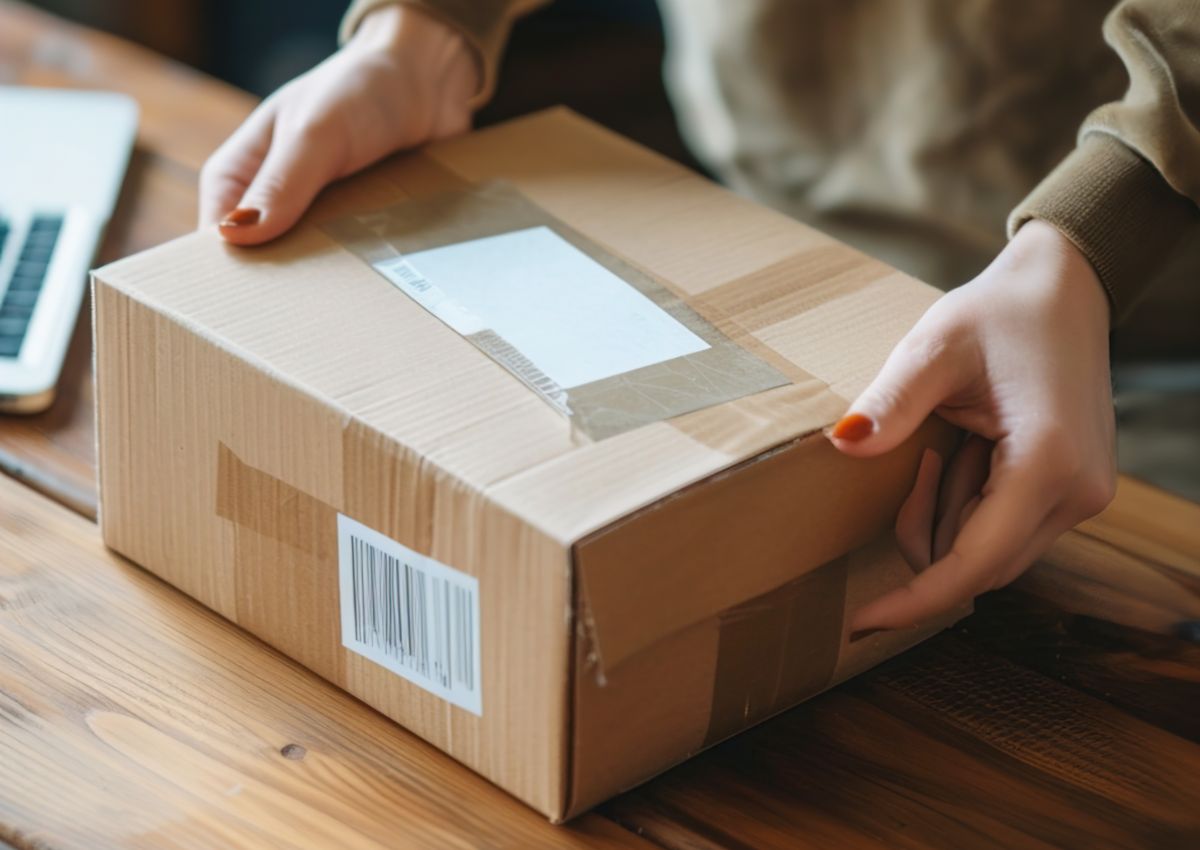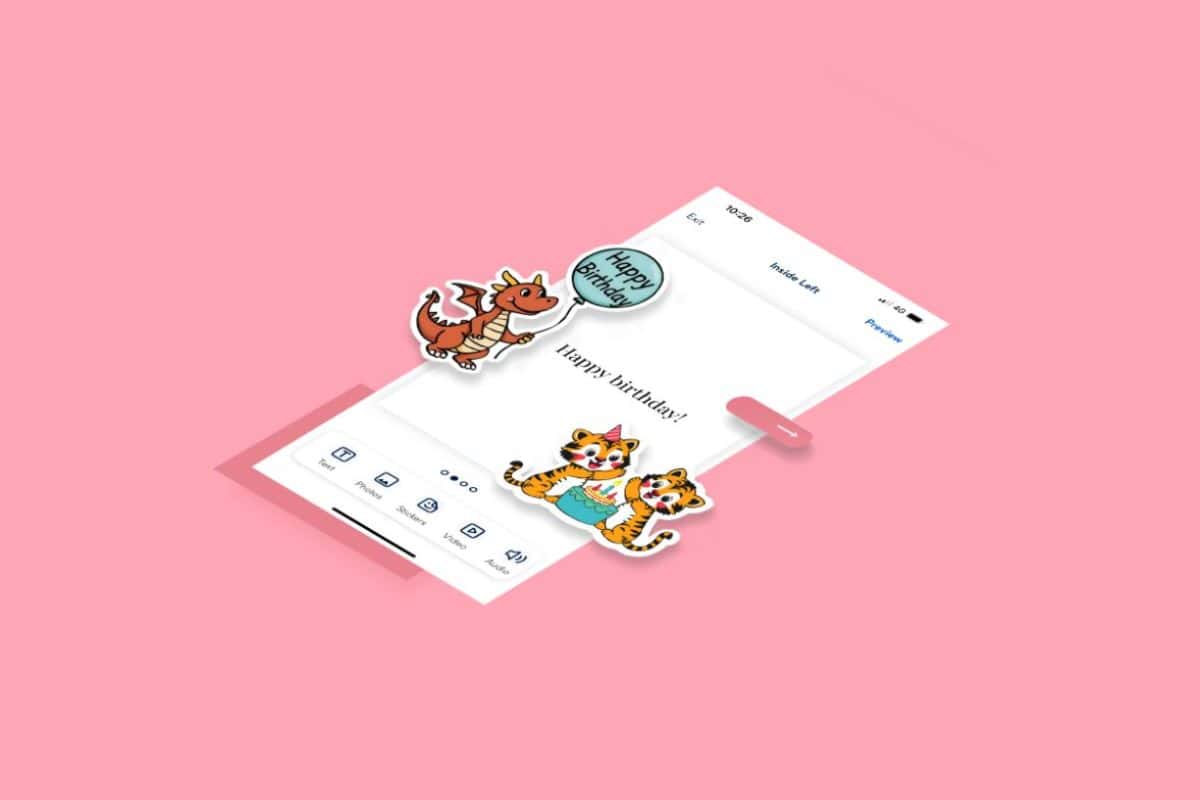In the world of payments this week it has been ‘all change’, if you’ll pardon the pun. Not only has Nationwide completed the world’s highest ever contactless payment – more than three times higher than Mount Everest and as cold as Antarctica – but it appears that suddenly out of nowhere everyone is paying with mobile here on terra firma.
Mobile payments has been poised to be the next big thing more times that I care to remember. To paraphrase Monty Python: I should know, I have followed a few announcements to that effect. But, to date, it’s not really piqued the interest of that many retailers.
Instead, it’s crept up on us and suddenly we find that 54% of European shoppers are regularly using mobile to pay for things, tripling in just over a year.
All this has happened against a backdrop of retailers scratching their chins and pondering which mobile payments products they should be using, which ones their customers are going to use – and whether they really need to actually embrace mobile payments at all.
But it seems that the public has spoken. The Visa research shows that shoppers across Europe are silently embracing mobile payments where they can and as they start to use them, they see how simple and convenient they can be.
Retailers across the UK are being urged to take this seriously – not least because this week thousands of grubby teenage students are going to descend on University towns up and down the land and they are Generation Mobile and will be wafting their phones about to buy ‘snout’ and Newky Brown.
The people, it seems have spoken – but what, as a retailer, can you do about it?
First of all you need to look at what mobile payments actually means. In reality what is occurring now – in stores – is contactless payments being done with mobile devices. As such that isn’t to hard to get your head around.
But putting this in to practice is quite hard because each uses its own tokenisation process – the process by which the card data and the payment are turned into ‘tokens’ that are meaningless to all but the POS and the bank network for that one off payment (its all about security) – and as such your POS has to support all the payment types you want to accept.
Right now Apple Pay is used by a lot of Apple owners. Android Pay is catching up. It isn’t beyond the realms of possibility that these are the only two you may ever need – let’s face it most people have one or the other.
However, it’s not that simple right now. We don’t know which other mobile wallets – let alone all manner of other inventive ways of doing it – are likely to come along. Should you have them all?
When it comes to taking payments it is always a good idea to offer shoppers as many ways to pay as possible, but with the fragmented and diverse array of mobile payment options out there – not just the crazy ones, but PayPal and other mainstream online payment tools looking to get a chunk of this market – it is hard to know where to start.
Many retailers suggest that what they really want is for their payments provider to let them have them all and try them all and see, but that isn’t always practical. Instead inertia reigns. Shoppers are starting to experiment with using mobile to pay where they can, and most retailers watch with great interest to see which, if any, stand out as the winners.
While that might be hard enough for retailers to stomach, the very nature of payments is changing. Services such as Uber – and to some extent contactless cards – take all the friction from payments and almost take the actual act of paying away. The less friction, the more sales. This is something that retailers need to think about when looking at what they actually want from payments.
Then there is the issue that as banks start to get to grips with truly instant payments, then the whole idea of paying with a card starts to look shaky: why use a card to make payments – even through a wallet like Apple Pay – when your bank account can simple pay the merchants bank account when you buy something? Apple may even be the ‘bank’.
Consumers are changing how they want to pay. The very meaning of paying is changing too. The very nature of banks and money is changing. Mobile is the first step. Are you ready?








